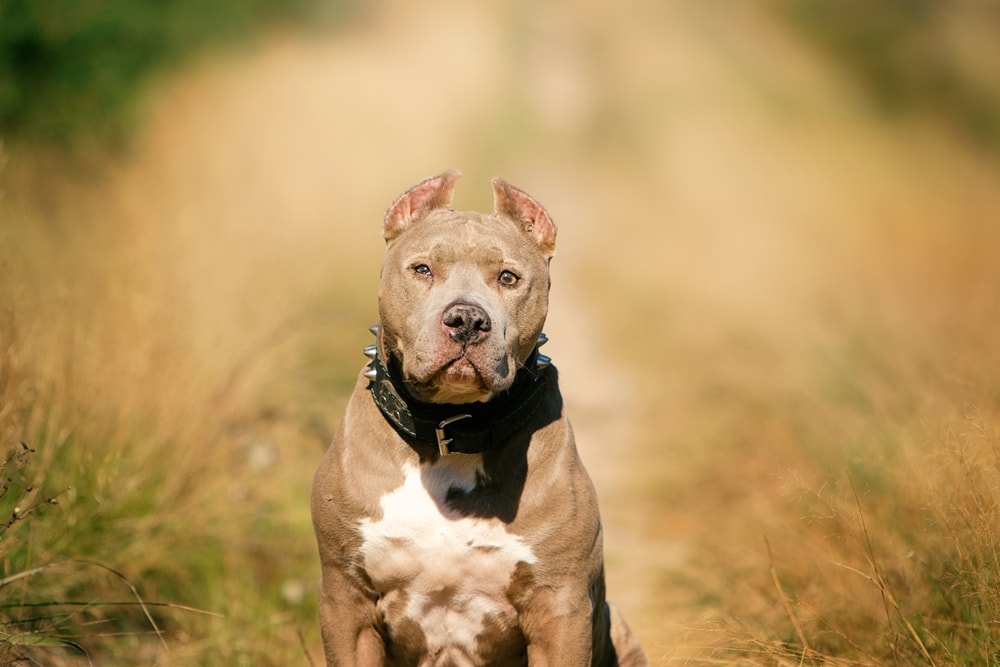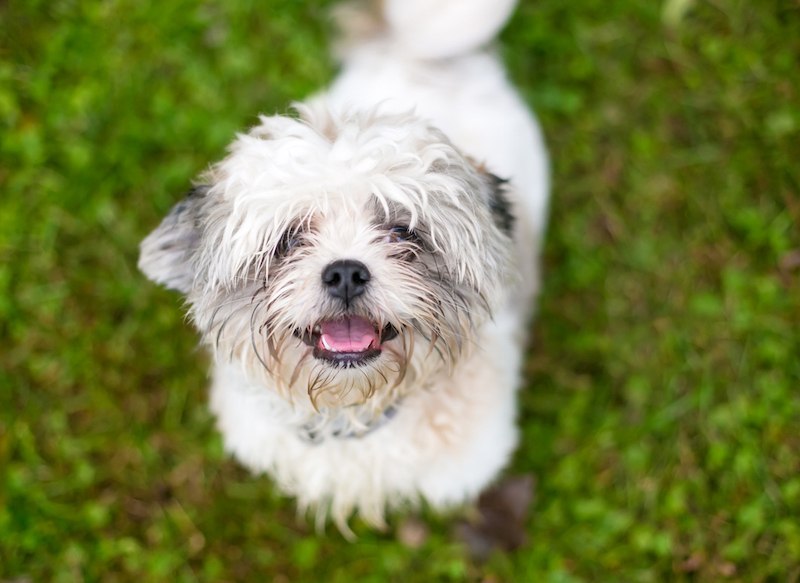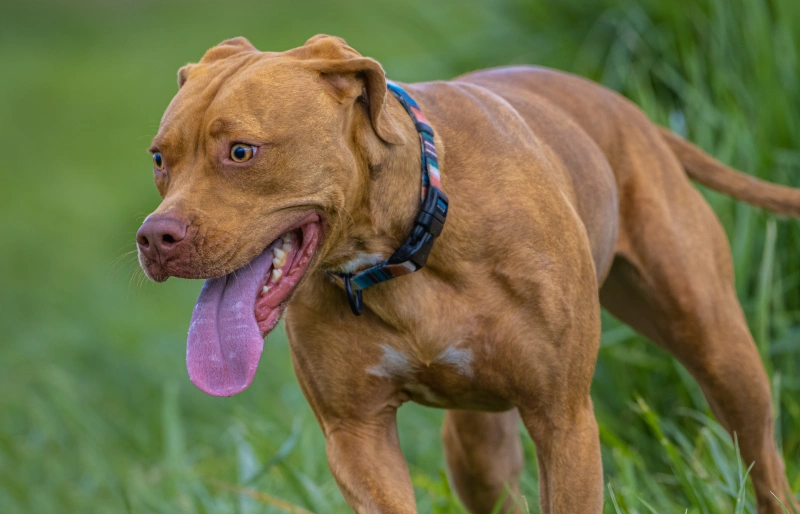Golden Retriever vs Labradoodle: The Differences (With Pictures)
By Kit Copson
Updated on
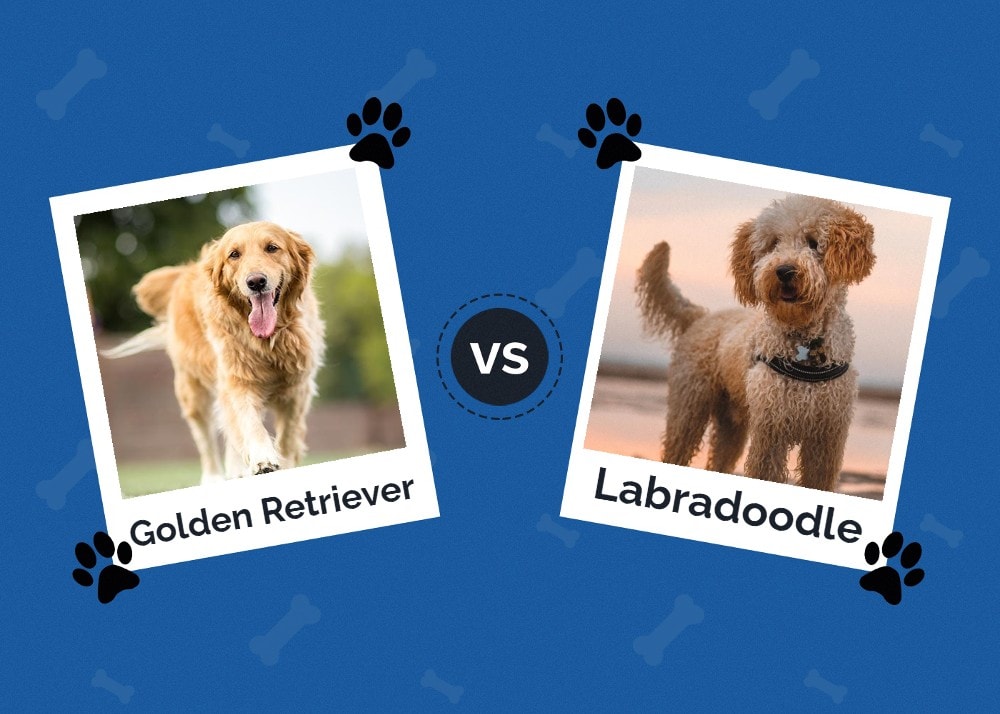
Golden Retrievers and Labradoodles are two highly sought-after dog canines, especially for families, due to their high intelligence, gentleness, and friendliness. These traits and the fact that they’re such adaptable dogs make both the Golden Retriever and Labradoodle common choices to be trained as service and therapy dogs, so it’s no wonder they’re such popular companion dogs, too.
If you’re strongly endeared to both the Golden Retriever and Labradoodle, how do you choose which of these amazing breeds to spend your life with? In this guide, we’ll share the various similarities and differences to help you get closer to a decision.
Visual Differences
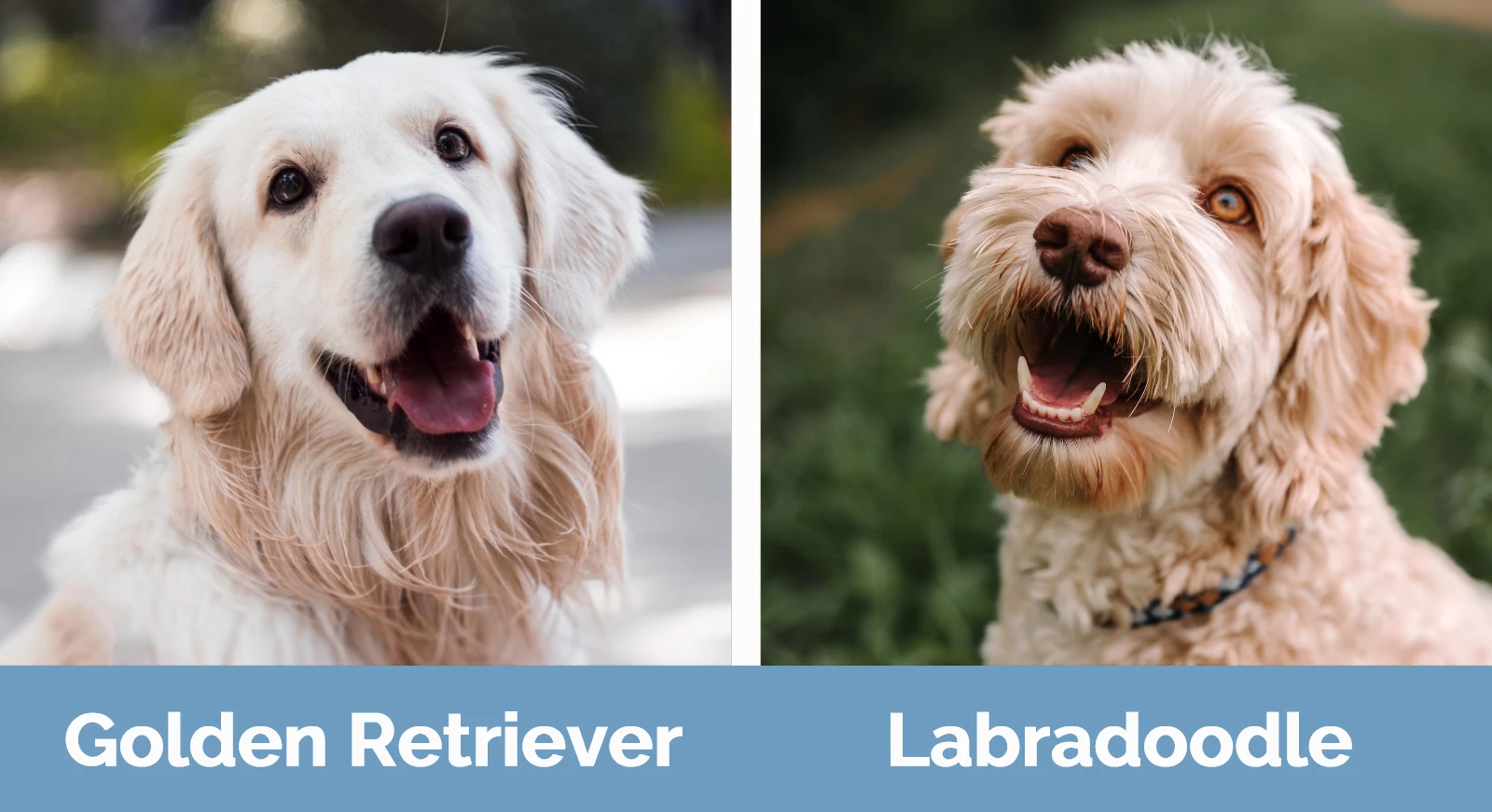
At a Glance
- Average height (adult): 21.5–24 inches
- Average weight (adult): 55–75 pounds
- Lifespan: 10–12 years
- Exercise: 1 hour to 90 minutes per day
- Grooming needs: Moderate
- Family-friendly: Yes, if socialized
- Other pet-friendly: Yes, if socialized
- Trainability: Highly intelligent and very eager to please
- Average height (adult): 14–24 inches (miniature to standard)
- Average weight (adult): 15–65 pounds (miniature to standard)
- Lifespan: 12–14 years
- Exercise: 1 hour to 90 minutes per day
- Grooming needs: Low to moderate
- Family-friendly: Yes, if socialized
- Other pet-friendly: Yes, if socialized
- Trainability: Enthusiastic and intelligent
Golden Retriever Overview
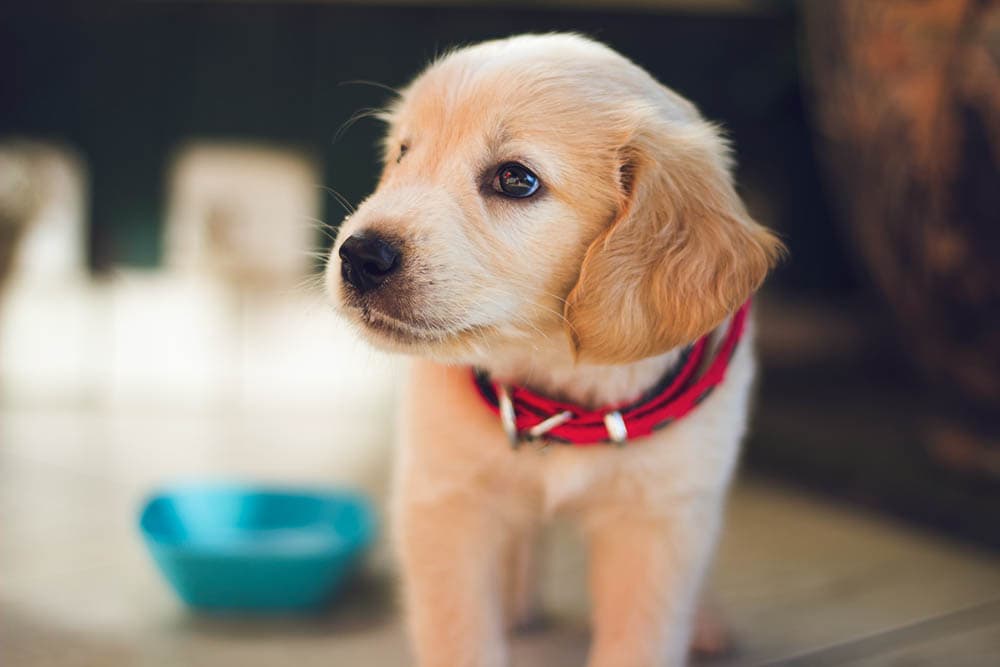
Golden Retrievers belong to the sporting group of dogs and originated in Scotland in the 19th century. They were originally developed as gundogs and adapted to handle the rough weather conditions in the Scottish Highlands.
Their popularity boomed in the 1970s and, today, they are the third most popular dog in the U.S. according to the AKC’s popularity rankings. The eager and energetic Golden Retriever excels in a variety of activities, including obedience, agility, and field training. They’re also fantastic service dogs.
Appearance
Aesthetically, the Golden Retriever is very different from the Labradoodle. This is a medium-sized dog with a muscular, athletic body, and a confident, steady stance and gait. The dense double coat, which can be straight or wavy, comes in various shades of gold, ranging from light golden to dark golden, and the feathering is sometimes lighter than the shade of the coat.

Character
Golden Retrievers are golden both inside and out. A well-socialized Golden Retriever is truly a joy to be around simply because these dogs are so friendly and gentle, and they have a “way” with people that makes them feel cared about. They are devoted to their humans, great with children, and sociable with strangers and other pets, making them model canine citizens.
Golden Retrievers are also very motivated and hardworking dogs with a sense of responsibility, so they’ll always thank you for providing them with little jobs to do, like carrying something or finding a “lost” object. Because of their high intelligence, they need plenty of mental stimulation on a daily basis to keep them happy.
Training
Golden Retrievers respond very well to training and learn quickly because they’re so eager to please. If possible, it’s a good idea to enroll your Golden Retriever in socialization and obedience classes, as you can pick up some great tips and tricks here while your Goldie gets socialized with other dogs and people.
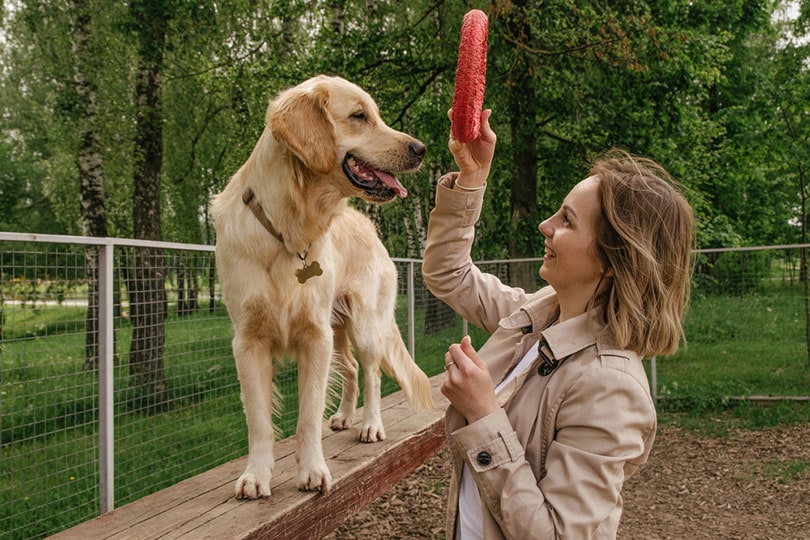
Exercise
Golden Retrievers are very active dogs that need about one hour to 90 minutes of physical exercise per day. Activities can include a few walks, going for a jog together (healthy adult Goldies make great jogging buddies—avoid jogging with puppies as their joints and bones are still developing), playing games, playing with toys, and even agility training.
Health Concerns & General Care
Due to their thick double coats, Golden Retrievers shed quite heavily during the shedding seasons (spring and fall), which can lead to matting, especially on the back legs and behind the ears, so you’ll need a good de-shedding tool, slicker brush, detangling comb, and pet-safe detangling spray to tackle this before it becomes an issue.
During shedding periods, you’ll likely need to brush your Golden Retriever every day. Outside of shedding seasons, they’ll still shed but less heavily, so a thorough brushing at least once a week should suffice, though this depends. You can certainly brush your Goldie more often if necessary. Trim your Goldie’s nails at least once a month or ask a groomer to do so.
Well-bred Golden Retrievers (from breeders who screen for potential health issues prior to breeding) are healthy dogs as a rule. Nevertheless, there are some health conditions to watch out for, including (but not limited to):
- Skin infections
- Ear infections
- Hypothyroidism
- Hip and elbow dysplasia
- Eye conditions
If your Golden Retriever, like many others, is a fan of swimming, be sure to check their ears and skin regularly for signs of infection.
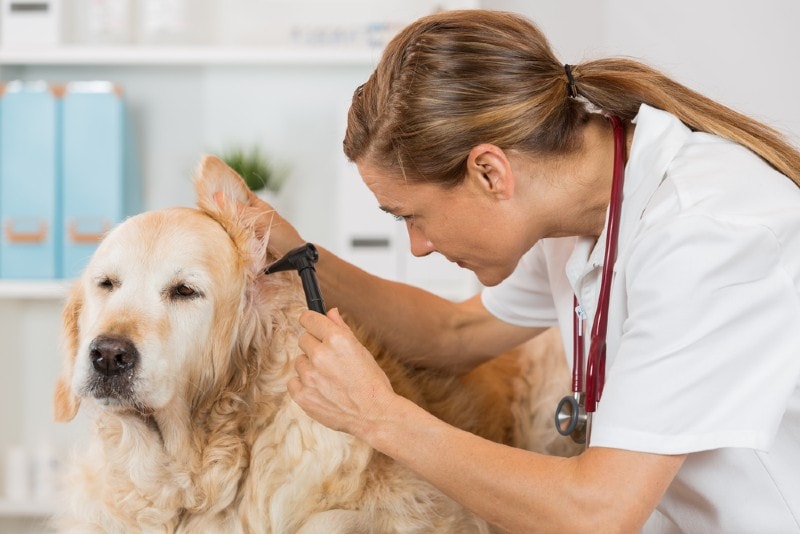
Suitable For:
Golden Retrievers are suitable for any dog parent or family who can commit to giving them all the care, love, and attention they need. If possible, we recommend trying to adopt a Golden Retriever instead of buying. Though they’re not the most common breed in shelters, there are still Golden Retriever rescue organizations out there that are worth looking into.
Labradoodle Overview
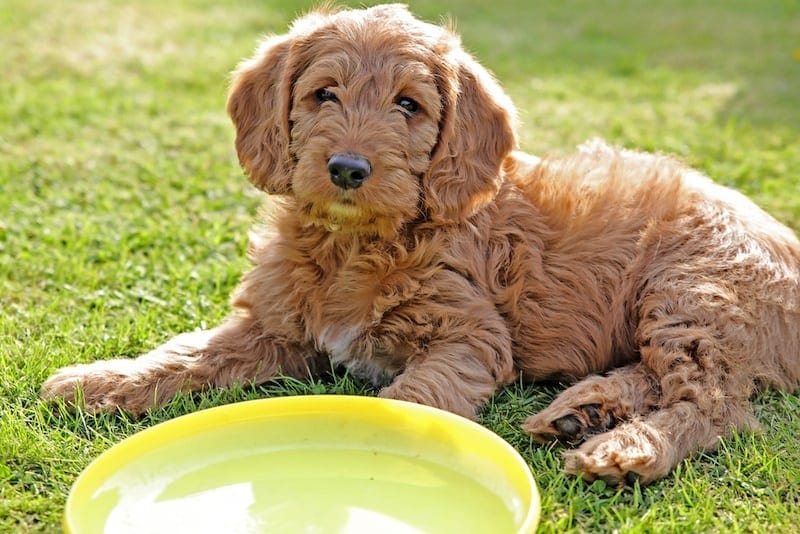
The Labradoodle is a mix between a Labrador and a Poodle and dates back to the 1950s. The Labradoodle was further developed in Australia in the 1980s as a low-shedding companion and guide dog. Since Labradoodles are mixed, they are not recognized as a breed by Kennel Clubs like the AKC. Nevertheless, these dogs are incredibly popular.
There are two kinds of Labradoodle—the standard Labradoodle, which is a Poodle Labrador Retriever mix, and the Australian Labradoodle, which is a Poodle Labrador Cocker Spaniel mix.
Appearance
Since Poodles can be standard, medium, or miniature in size, this will play a part in determining how large your Labradoodle is. A Miniature Labradoodle may only reach between 14 and 16 inches, whereas a Standard Labradoodle could be anywhere between 50 and 60 pounds.
Unlike the Golden Retriever, the Labradoodle does not have a double coat. The texture can range from woolly to fleecy, or it can be a “hair coat”, which is flatter, straighter, and sheds. There are innumerable possible coat colors, including apricot, cream, white, black, chocolate, and blue to name a few.
Labradoodles have strong backs, slender waists, long legs, and well-proportioned chests. Their gait is determined and confident when on a “mission” and relaxed and light during play.
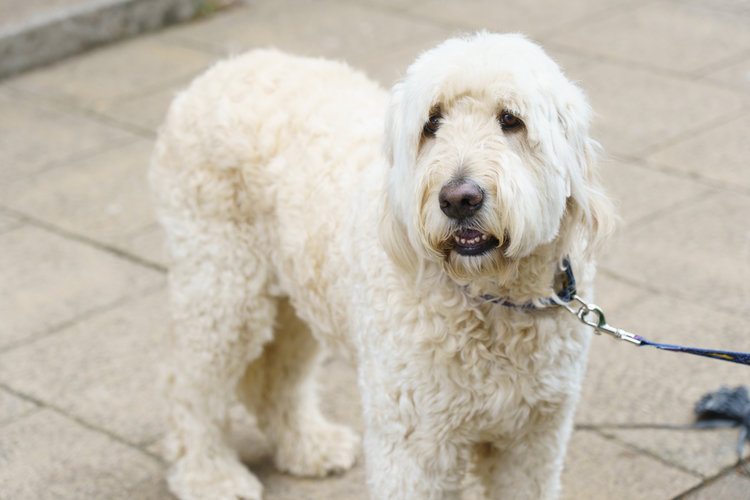
Character
The Labradoodle is a dog that loves to have fun, and their happy-go-lucky, goofy, and sometimes mischievous personality is very endearing. They’re also affectionate, devoted, playful, and sociable with strangers and other dogs (as long as they’ve been properly socialized).
Labradoodles are very similar to Golden Retrievers in temperament. It’s possible that Labradoodles might be a tad goofier and more mischievous while the Golden Retriever may be a bit more mellow, but this really depends on the individual dog. Both are high-energy, active, and intelligent dogs that need lots of mental and physical stimulation.
Training
Labradoodles pick up new commands and skills quickly because they’re so smart. Their exuberance and enthusiasm for new adventures and experiences also contribute toward making them pretty easy to train.
They may try to goof around a bit because they’re such bubbly, fun-loving dogs but as long as you’re consistent and use lots of positive reinforcement, your Labradoodle should adjust to the training sessions quickly. As with any dog, socialization and obedience classes are well worth considering.
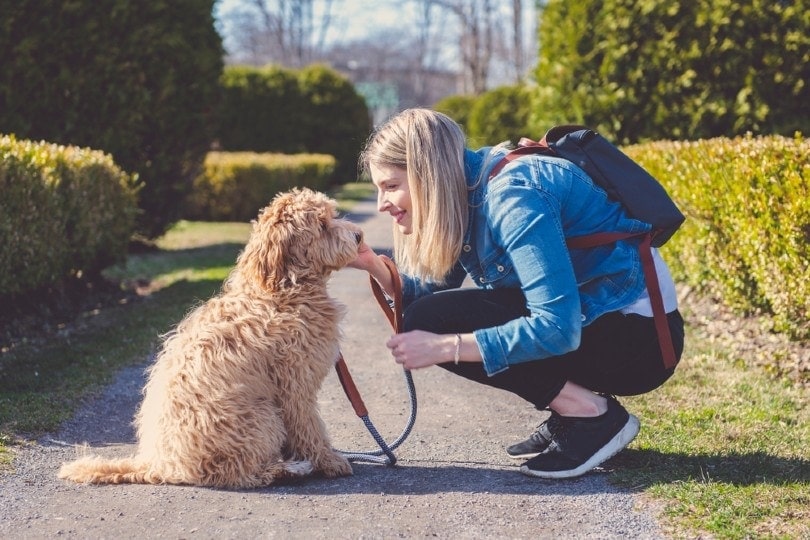
Exercise
The Labradoodle’s exercise needs are about the same as a Golden Retriever’s—around an hour to 90 minutes per day, but it depends. For some, an hour might be just right, but some Labradoodles may need a bit more. Two or three walks a day is a good rule of thumb, with some play sessions thrown in and even some agility training if that’s your thing.
Health Concerns & General Care
Labradoodle coat types vary, but, if they’re of the fleecy or woolly variety, they aren’t big shedders. That said, they should still be brushed at least a few times per week and it’s a good idea to book them in with a professional groomer every 6–8 weeks for trimming. You should also trim the nails at least once per month—ask a groomer if you’re not confident doing this yourself.
In terms of health conditions, Labradoodles are generally healthy, but watch out for the following conditions that the two parent breeds are prone to:
- Von Willebrand disease
- Hip and elbow dysplasia
- Progressive retinal atrophy
- Patella luxation
Like Golden Retrievers, many Labradoodles love swimming, so if yours hits the water often, keep an eye out for ear and skin infections.
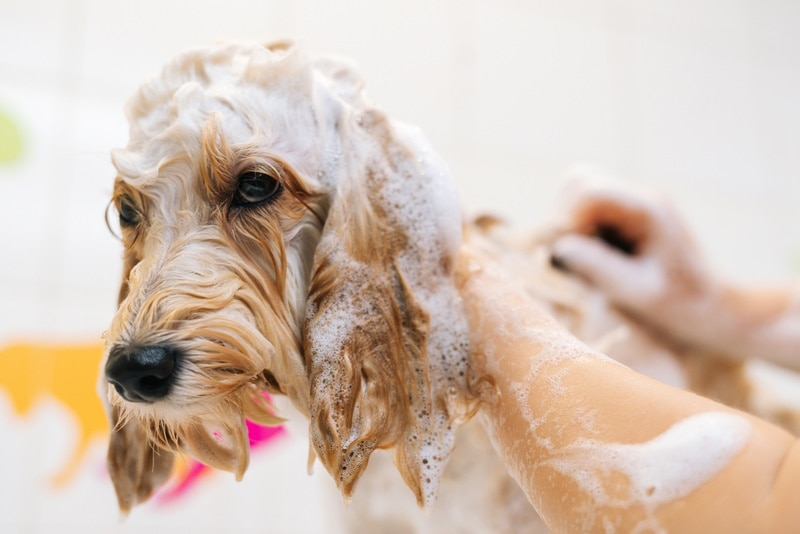
Suitable For:
Well-socialized Labradoodles make outstanding family dogs, including for families with children. However, like the Golden Retriever, they are high-energy dogs and need a family that will commit to making sure they get enough mental and physical exercise. Please consider adopting a Labradoodle from a rescue organization if possible.
Which Breed Is Right for You?
Wow, talk about a tough decision! On one hand, you’ve got the patient yet playful and utterly devoted Golden Retriever, and, on the other, the good-humored and friendly Labradoodle. Moreover, both typically get along beautifully with children and other dogs and are easily trained.
The main differences are in appearance and coat care (Golden Retrievers are a bit higher maintenance in this department) and the possibility that a Labradoodle might be a little more hyper than a Golden Retriever, though there really is no way to know until you actually meet the individual dog.
This is why it’s so important to spend some time with your potential new family member and learn as much as you can about them before you bring them home. Avoid picking based only on the breed as this can only give you an idea of what a dog might be like.
Related Read:
- Double Doodle vs. Labradoodle: The Key Differences (With Pictures)
- Labradoodle vs Bernedoodle: The Differences (With Pictures)
Featured Image Credit: Image Credit: (L) Lunja, Shutterstock | (R) Lars Mulder, Pexels




